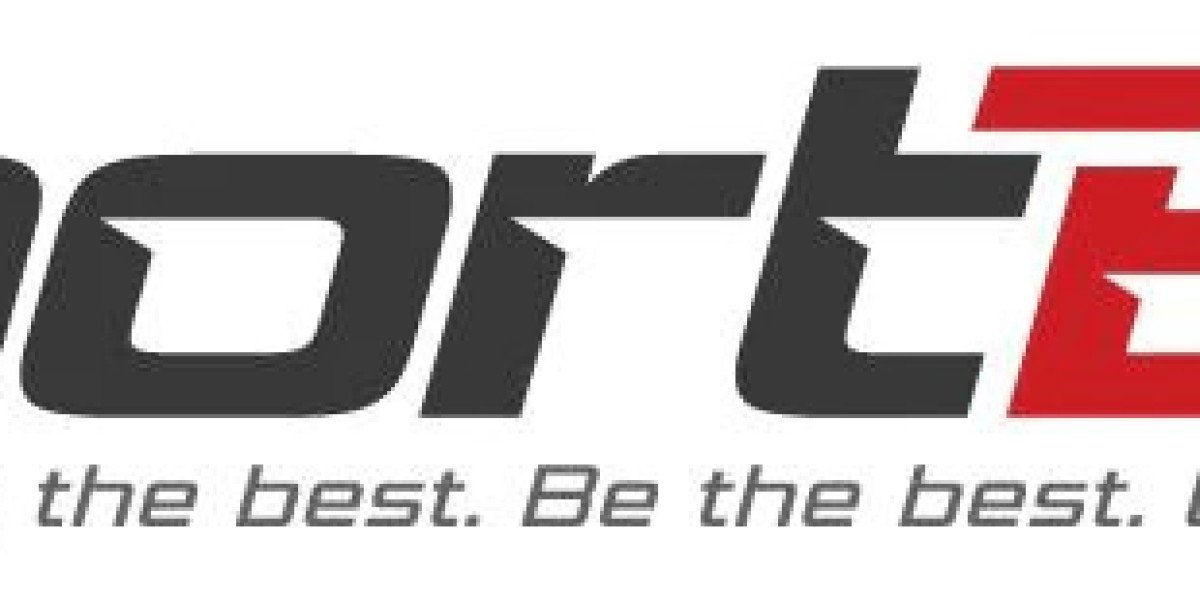A combine harvester is one of the most critical pieces of machinery in modern agriculture, revolutionizing the way crops are harvested. It combines three essential tasks—reaping, threshing, and winnowing—into one seamless process. This article delves deep into the importance of combine harvesters, how they function, and why they are a must-have for farmers today.
What Is a Combine Harvester?
The combine harvester is a large, self-propelled machine that farmers use to efficiently harvest crops like wheat, rice, corn, barley, and soybeans. As the name suggests, the machine "combines" several farming processes. Traditionally, these steps were completed separately and manually, making the harvesting process labor-intensive and time-consuming. However, with the advent of combine harvesters, the process has become much faster and more efficient.
The Importance of Combine Harvesters in Agriculture
Combine harvesters are indispensable in the agricultural world for several reasons:
Efficiency: They drastically reduce the time needed for harvesting crops. What would take days to do manually can now be done in a matter of hours with a combine harvester.
Cost-Effective: While the initial investment for a combine harvester can be high, it eventually pays for itself by cutting labor costs and increasing crop yield.
Versatility: Combine harvesters can be used on various crops like wheat, barley, oats, rye, and even legumes. This versatility makes them an invaluable tool for farmers managing different types of crops.
Reduced Crop Loss: Modern combine harvesters are designed to minimize grain loss during the harvest process. This ensures that farmers get the most out of their crops, further enhancing profitability.
How a Combine Harvester Works
Understanding the basic operation of a combine harvester is essential to appreciate its impact on farming. Here’s a simplified breakdown of how it works:
Reaping: The first step in the harvesting process is cutting the crop. The front of the combine harvester, known as the header, gathers the crops, which are then fed into the machine.
Threshing: After reaping, the crop is subjected to the threshing process. This separates the grain from the stalks and husks. The combine harvester has a rotating drum that loosens the grain from the plants.
Winnowing: The third process involves cleaning and sorting. After threshing, the machine uses airflow and sieves to separate the grain from unwanted debris like chaff and straw.
Grain Storage: The cleaned grains are stored in a tank within the harvester, while the leftover straw is either expelled back onto the field or baled for animal feed or other uses.
Real-Life Case Study: How Combine Harvesters Transformed Farming in India
In regions like Punjab, India, combine harvesters have significantly transformed farming practices. In the past, harvesting was a labor-intensive activity that took weeks to complete, and much of the harvested grain would be lost due to inefficiency. However, with the introduction of combine harvesters, farmers have managed to increase productivity by 30–40%.
Take the case of a local farmer, Rajdeep Singh, who transitioned to using a combine harvester for his wheat and rice crops. Before using the machine, his harvest was susceptible to delays, resulting in grain loss and quality degradation. After investing in a combine harvester, Rajdeep noticed:
Time Saved: Harvesting that used to take up to two weeks could now be completed in just a couple of days.
Increased Yield: Less grain was lost during the harvest, leading to an increase in overall yield.
Cost Savings: Although the combine harvester was a significant upfront investment, Rajdeep saved on labor costs, which more than offset the price of the machine over time.
Rajdeep’s experience is just one of many across India, where the use of combine harvesters is helping farmers adopt more efficient and sustainable farming practices.
Types of Combine Harvesters
There are several types of combine harvesters to meet the needs of different farmers:
Self-Propelled Combine Harvester: These are the most commonly used types and operate without being attached to a tractor. They are versatile and can be used across various terrains and crop types.
Tractor-Pulled Combine Harvester: Ideal for smaller farms, this type of harvester is attached to a tractor. While less efficient than self-propelled models, they are cost-effective and perfect for small-scale operations.
Mini Combine Harvesters: Designed for smaller plots of land, mini combine harvesters are particularly useful for farmers with limited space or for harvesting crops in difficult terrains.
Benefits of Using Combine Harvesters
The advantages of using a combine harvester are extensive, and they include:
Increased Efficiency: Combining reaping, threshing, and winnowing into one process saves time and reduces the need for additional labor.
Improved Crop Quality: By reducing human involvement in the harvest process, combine harvesters help maintain the quality of the harvested grain.
Environmental Benefits: Using a combine harvester can reduce soil compaction and improve field management, making the land more sustainable for future crops.
Choosing the Right Combine Harvester
When selecting a combine harvester, farmers should consider the following factors:
Crop Type: Some combine harvesters are more suited to specific crops. For example, some are designed for grains like wheat and rice, while others are better suited for crops like corn or soybeans.
Land Size: The size of the land plays a significant role in determining which type of harvester is suitable. Larger farms benefit from self-propelled combine harvesters, while smaller farms might prefer a tractor-pulled or mini harvester.
Budget: The price range for combine harvesters varies significantly. Farmers should calculate the long-term savings from reduced labor and increased yield when considering the upfront cost of the machine.
Future of Combine Harvesters
The future of combine harvesters is exciting, with new technologies emerging that aim to make these machines even more efficient. Modern innovations include:
GPS Technology: GPS-guided combine harvesters are becoming more popular, allowing for more precise harvesting and reducing overlap on the field.
Automation: Autonomous combine harvesters, which require little to no human operation, are already being tested. These machines could revolutionize the future of farming, making the harvesting process entirely hands-free.
Conclusion
A combine harvester is more than just a machine—it’s a symbol of modern farming efficiency. With its ability to combine reaping, threshing, and winnowing in one process, it’s an invaluable tool for farmers worldwide. From large-scale operations to smaller farms, the benefits of a combine harvester—efficiency, cost savings, and improved crop quality—make it an essential piece of machinery for today’s agricultural landscape.








